This multi-disciplinary and cross-cultural collection explores the idea of sacred Australia. It has seventeen chapters written by some of the best-known academics in this field, drawn from diverse areas such as literary and post-colonial studies, aboriginal studies, theology, philosophy, psychology, anthropology, folk studies, media and communication, architecture, and so on. The topics covered include ways of theorizing sacred Australia, an overview of Australian spirituality, aboriginal issues and sacred geography, the sacred in Australian poetry and fiction, Anzac, performance art, public ritual and architecture. The book contains path-breaking re-readings of seminal authors such as Les Murray and Patrick White, besides new ways of understanding one of Australia's best known buildings, the Opera House in Sydney. Most of the contributors are, of course, Australian, but some also come from the US, UK and India. They belong to diverse persuasions including Aboriginal, Christian, Jewish, Hindu, secular and post-secular traditions.
A pioneering intervention in an already existing, but as yet nascent area of study, this book tries to clarify, broaden and deepen our understanding of the sacred in a manner which has not been attempted in one volume before. Viewing the sacred as an open and fluid field of inquiry inviting scholarly analysis, but also as an area of deep, personal experience, the book offers a much needed corrective to conventional post-colonialism, which has been constituted almost normatively as a 'secular' site of inquiry. This 'repression' of the sacred, however, has led not just to serious gaps in understanding, but a certain distortion of what is one of the fundamental shaping forces of our times. The book tries to overcome such a lack of understanding of, and inattention to, the sacred and tries to demonstrate that Australia, a major post-colonial country, has a rich scope for both an alternative post-coloniality and an alternate notion of the sacred.

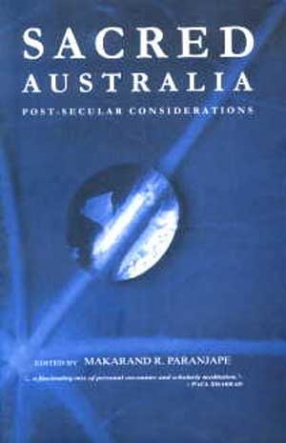
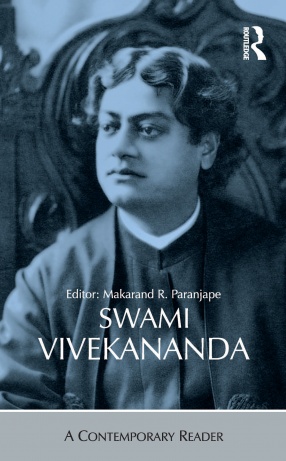
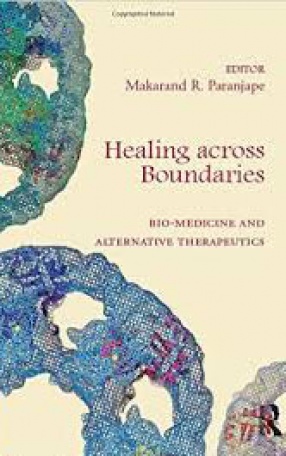

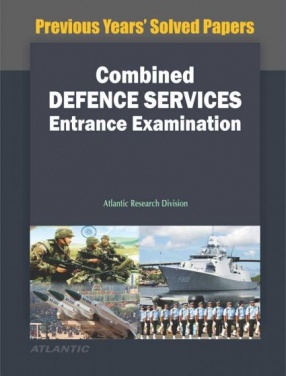
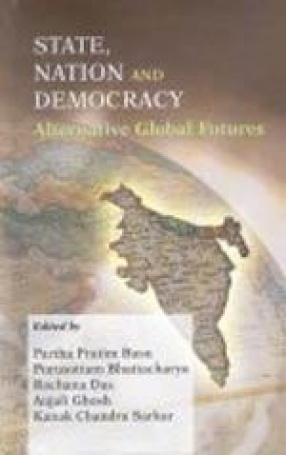
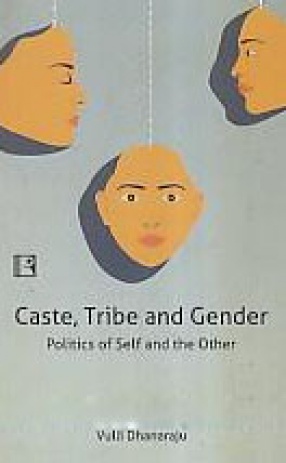
There are no reviews yet.